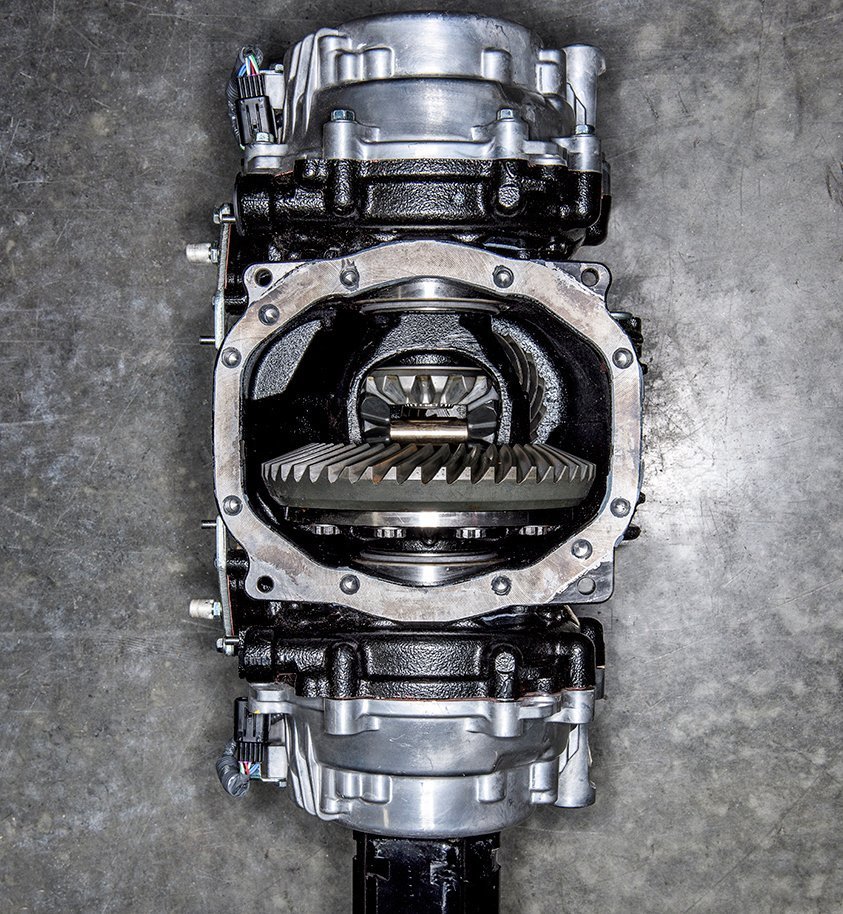Would the Corvette Be Better With Torque Vectoring?

I’m sure there’ll be a few here weighing in heavily on this one.
Although, after reading through this Car and Driver story about how torque vectoring improves the performance of the Lexus RC F, some others might see it as a moot-point, especially when it comes to improving the overall performance of the Corvette.
The Car and Driver piece, which certainly deserves a full read, puts up a pretty interesting argument. Perhaps it’s one that Chevy might want to consider: swapping the Corvette’s current eLSD system for a torque vectoring system.
The writer of the piece, Eric Tingwall, explains the benefits of torque vectoring like this:
“Controlled by sophisticated electronics and fitted with complex gearboxes, these high-tech diffs are placed on the drive axle to regulate thrust between the left and right wheels. With unequal torque between the two sides, the resulting yaw moment (torque about a vertical axis) either encourages turn-in or stabilizes and straightens the car, depending on how the torque is distributed. In theory, torque vectoring helps a car corner with reduced steering lock and less understeer. Those attributes should translate to a more controllable car, higher speeds in corners, and faster lap times.”
Now, that certainly sounds like a win-win for any Z06 owner, right?
To draw a comparison, Car and Driver pairs a 2015 Lexus RC F with Torsen Limited Slip up against a 2015 RC F with Torque Vectoring. The result was a Roadholding number of 0.91 g for the RC F equipped with the Torsen Limited Slip system compared to 0.94 g for the RC F with Torque Vectoring, and a lap time of 1:19.1 for the Torsen Limited Slip RC F compared to 1:18.7 for the Torque Vectoring model.
The math seems pretty simple to me.
Chime in with your thoughts on the forum. >>
Via [Car and Driver]
